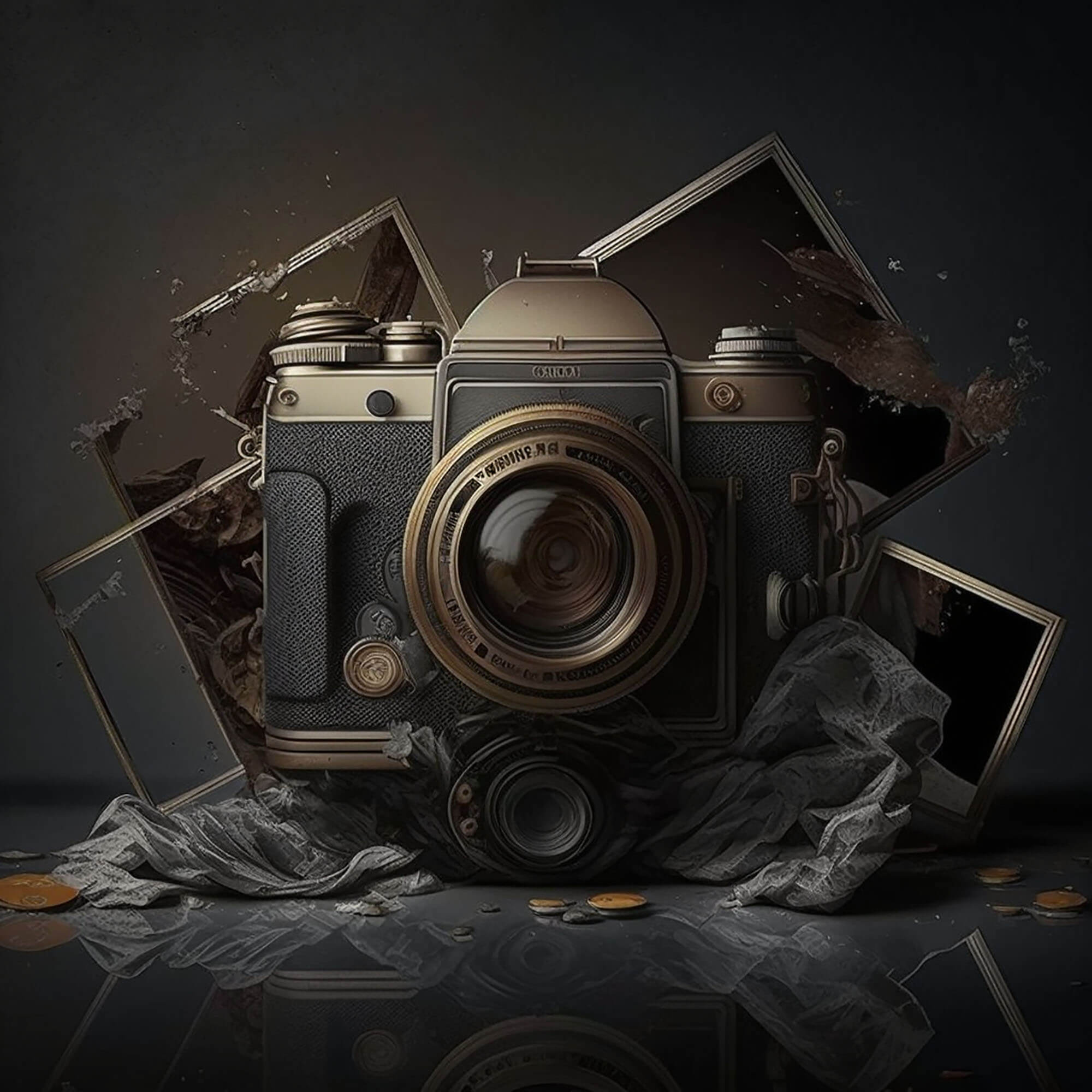The Art of Composition in Photography
Photography is an art form that requires a keen eye for detail, creativity, and a good sense of composition. It’s not just about clicking the shutter button; it’s about capturing the essence of the subject in the frame. The way you compose your images can make a big difference in the impact they have on your audience. In this article, we’ll explore the art of composition in photography and how you can use it to create stunning images.
What is Composition in Photography?
Composition is the arrangement of visual elements within a photograph. It includes the placement of the subject, the framing, the use of lines, shapes, colors, and textures to create a pleasing and compelling image. Good composition draws the viewer’s eye into the image and leads them through it in a way that tells a story or conveys an emotion.
The Rule of Thirds
One of the fundamental principles of composition in photography is the rule of thirds. This rule states that an image should be divided into thirds both horizontally and vertically, resulting in nine equal parts. The points where these lines intersect are called the “power points.” Placing the subject or the focal point at one of these power points creates a more balanced and visually pleasing image.
Lines and Shapes
Lines and shapes are powerful compositional tools that can add depth, dimension, and interest to your images. Horizontal lines convey a sense of calm and stability, while diagonal lines suggest movement and energy. Vertical lines can convey strength and power. Shapes can be used to create patterns, symmetry, and balance within the image.
Color and Contrast
Color is an essential component of composition in photography. The colors you choose can set the mood, convey emotion, and add visual interest to your images. Contrast is also an important factor in composition. Contrast refers to the difference between the light and dark areas of an image. High contrast images are bold and dramatic, while low contrast images are softer and more subtle.
Texture and Detail
Texture and detail can add depth and interest to your images. By highlighting the textures and details of your subject, you can create a sense of dimensionality that draws the viewer in. This is particularly effective in close-up shots, where you can capture the fine details of your subject.
Using Negative Space
Negative space is the area around the subject that is not occupied by any other visual element. It can be used to create a sense of balance, harmony, and contrast within the image. By leaving space around the subject, you can create a feeling of openness and freedom, or you can use negative space to emphasize the subject’s importance.
The links provided offer a selection of books about “The Art of Composition in Photography”
- Product Photography Magic
- Product Photography: Lighting, Composition, and Shooting Techniques
- The New Lighting for Product Photography
- Graphic Design for Art, Fashion, Film, Architecture, Photography, Product Design and Everything in Between
- Product Photography for Beginners
- AI Art: Machine Visions and Warped Dreams
- The Photographer’s Guide to Luminar AI
- Artificial Intelligence Photography: How AI Revolutionizes Next Generation Arts!
- Beginner’s Guide to Stable Diffusion AI Art: Learn the essential techniques and free software to create AI
- Artificial Intelligence: A Growth Guide To Business & Life
Conclusion
The art of composition in photography is a skill that takes time, practice, and experimentation to master. By understanding the principles of composition and using them creatively, you can take your images to the next level. Whether you’re shooting landscapes, portraits, or still life, composition is a critical element in creating compelling and visually striking images.
Remember to keep the rule of thirds in mind, use lines, shapes, color, and contrast creatively, and pay attention to texture and detail. Don’t be afraid to experiment with negative space and try new things. With time and practice, you’ll develop your own unique style and create images that are truly works of art. The art of composition in photography is an essential tool for any photographer looking to create stunning, impactful images that captivate their audience.
